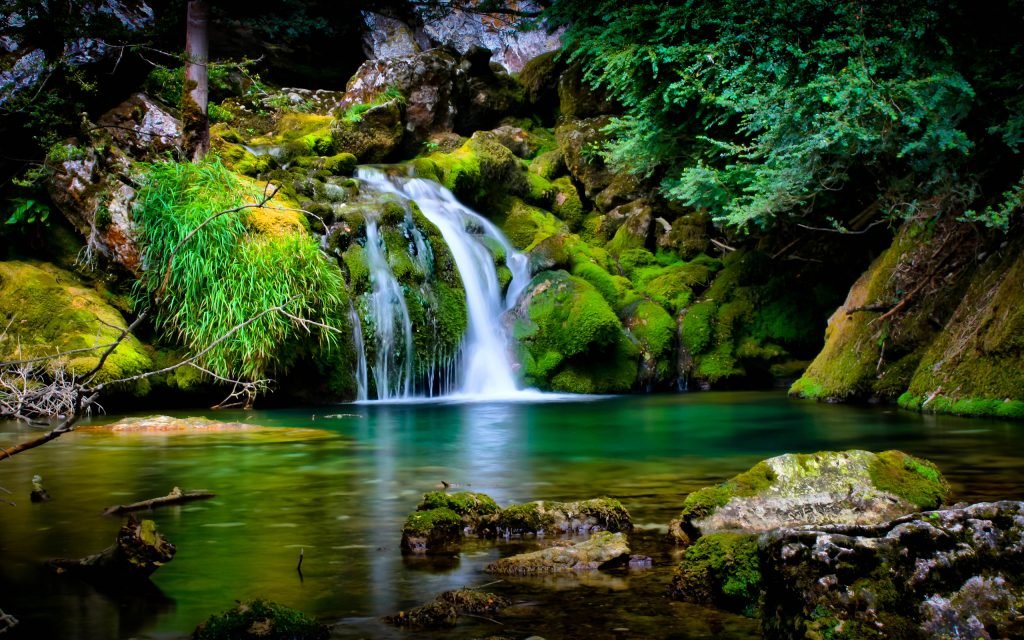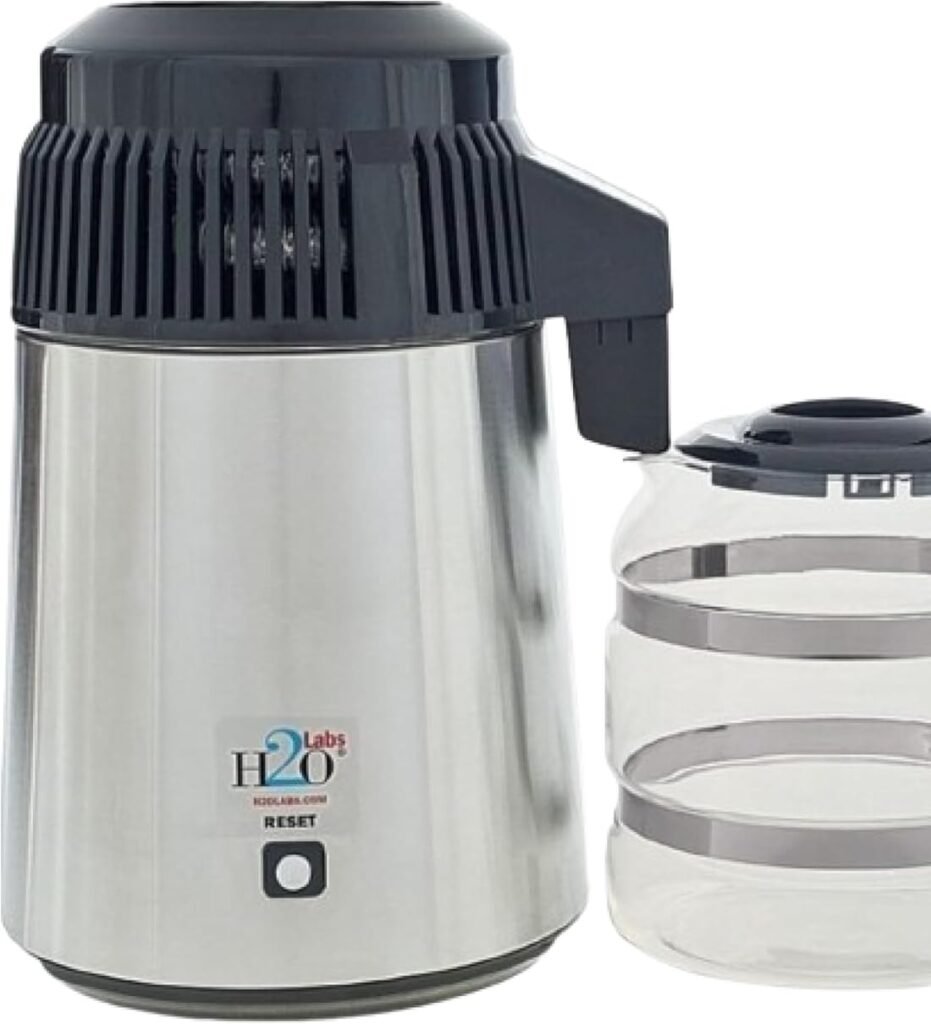Hydration
Water

Purification

Clean water is essential. The best way to ensure its cleanliness is to purify it yourself. I prefer distillation and use the H2O Labs unit shown in the photo. Reverse osmosis is also reasonable and more convenient, but it does not produce as pure of water. If you must use filters, try to find the best balance between cost and effectiveness. Free water reports are available, such as at www.inthetap.com. Use the data to determine the best filter setup for your water.
One common complaint about purified water is its lack of minerals. This is true. However, it’s also easy to add minerals to the water or take mineral supplements. Decontaminate your water to ensure it is clean, then add the minerals back in. Check out Dr. Dan’s DIY hydration formulas below.
Under-HYDRATION
The difference between under-hydration and dehydration is not often discussed. Dehydration is a familiar concept. We know the feeling when we lose too much fluid: sluggishness, headaches, muscle cramps, and other symptoms. We know when we are dehydrated.
Underhydration, however, is much more sneaky. Many of us—likely most—do not drink enough water daily. We experience mild dehydration so often that it becomes normal to us. Yet this underhydration, with serum sodium levels around 143–145, is often associated with obesity and the worsening of several eye conditions, such as retinopathy and glaucoma, as well as heart disease. Underhydration is a serious issue. A reasonable daily intake recommendation is about two liters (or thirty-six ounces) for most men and slightly less for most women. With exercise and in hot weather, this amount should increase by at least another half liter (18 ounces). Adequate electrolytes are necessary for good intracellular hydration and to prevent depletion. If you drink water and urinate it out right away, then your cells didn’t absorb it.
Hydration Drinks
Although rehydration and hydration products are available, many are not based on research, and all are expensive.
Based on my research, here is a formula for a DIY hydration drink that works as well as or better than commercial products. It costs only about 30 cents for 18 oz (half a liter) or 60 cents for 36 oz (one liter). It ends up at about 100 mOsm/L, in case you’re interested. It contains a high amount of magnesium to help with deficiency. If you have a 24 oz. bottle, then just use the half-liter formula. You can flavor these with allulose, stevia, or monk fruit non-sugar flavor. I prefer sparkling water, even without flavors.
For the first bottle of the day, I like to add creatine (5-10 grams) to jump-start my brain. Potassium chloride is a nice addition before and after a hard workout. However, some medications have a potassium restriction, so check with your doctor about this.
DIY Hydration Formulas
Half Liter
Half liter formula-
Baja Gold Fine Sea Salt 1/2 level teaspoon 1.5g
-
Nutricost Mg Bisglycinate 1/2 level teaspoon 1.7g OR
0.8g Mg Chloride -
Mix with 500 mL (18 oz) water, still or sparkling
-
Optional 1/8 teaspoon Potassium Chloride
-
Optional 5-10 grams Creatine powder or 750mg Creatine HCL (Con-CRET)
Full Liter
Full liter formula-
Baja Gold Fine Sea Salt 1 level teaspoon 3.0g
-
Nutricost Mg Bisglycinate 1 level teaspoon 3.4g OR
1.7g Mg Chloride -
Mix with 1000mL (36 oz) water, still or sparkling
-
Optional 1/4 teaspoon Potassium Chloride
-
Optional 5 - 10 grams Creatine powder or 750mg Creatine HCL (Con-CRET)
